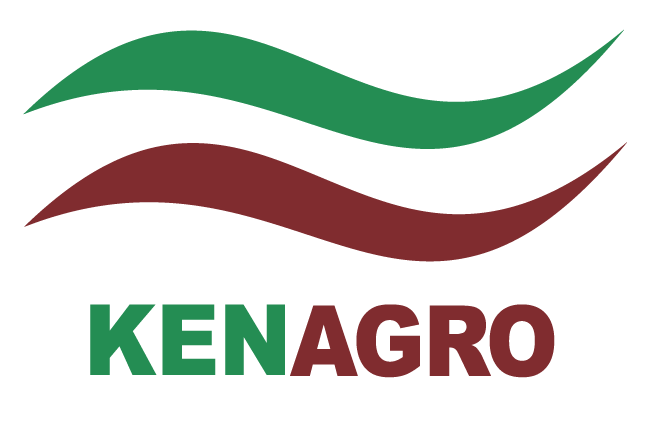Flower farming in Kenya is one of the most lucrative agribusiness ventures, with the country ranked among the world’s top flower exporters. Kenya’s favourable climate, well-established logistics infrastructure, and access to European markets make it an ideal location for commercial floriculture.
Key flower-growing regions in Kenya include Naivasha, Thika, Nakuru, Eldoret, and Mt. Kenya areas. While large-scale exporters dominate, smallholder and medium-scale farmers are also tapping into the flower farming industry for both local and export markets.
This guide outlines the essential steps for successful and profitable flower farming in Kenya.
1. Crop Selection and Planning
Choosing the right flower variety is the foundation of a successful flower farming business. Selection depends on the climatic conditions, market demand, and investment capacity.
Popular Flower Varieties in Kenya:
- Roses – Most exported, high-value, and preferred in Europe
- Carnations – Hardy, long shelf life
- Alstroemeria – Popular for bouquets and mixed flower arrangements
- Gypsophila (Baby’s Breath) – Excellent filler flower
- Lillies, Statice, and Eryngium – Gaining market traction
Planning Considerations:
- Choose certified planting material or cuttings
- Consider your target market: local florists, weddings, export buyers, or bouquet companies
- Establish whether your production is for open-field or greenhouse flower farming
- Plan planting and harvest times according to peak demand seasons like Valentine’s Day, Mother’s Day, and Christmas
2. Soil and Climate Requirements
Flowers thrive in well-drained loamy soils, rich in organic matter and nutrients.
Ideal Conditions for Flower Cultivation in Kenya:
- Soil pH: 5.5–6.5
- Temperature: 15°C–28°C, depending on variety
- Altitude: 1,500–2,500 meters above sea level ideal for roses
- Rainfall: Moderate and well-distributed; irrigation is essential for consistency
Avoid waterlogged soils, as they increase the risk of root rot and fungal infections.
3. Land Preparation and Planting Techniques
Prepare land thoroughly by removing weeds and incorporating organic matter.
Steps for Planting:
- Greenhouse flower farming: Ideal for roses and high-value flowers; use raised beds and drip irrigation.
- Open-field flower farming: Suitable for carnations, statice, and fillers.
- Plant cuttings or seedlings at recommended spacing to allow proper airflow and sunlight.
- Use mulching to retain moisture and suppress weeds.
Apply starter fertilizers or compost during planting for strong root establishment.
4. Crop Management (Irrigation, Fertilization, Weeding)
Irrigation:
- Maintain consistent moisture, especially during budding and flowering stages.
- Use drip irrigation in greenhouses to avoid leaf wetting and fungal disease.
Fertilization:
- Base fertilization on soil test results
- Use NPK blends, foliar feeds, and micronutrients as required for vigorous growth
- Avoid excessive nitrogen during flowering as it delays blooming
Weeding:
- Weed regularly to prevent competition
- Apply mulch or cover crops to reduce weeding frequency
5. Pest and Disease Control
Flower crops are vulnerable to several pests and diseases that affect both quality and yields.
Common Pests in Flower Farming:
- Aphids
- Thrips
- Whiteflies
- Spider mites
Diseases:
- Powdery mildew
- Botrytis (gray mold)
- Downy mildew
- Root rot
Control Strategies:
- Practice integrated pest management (IPM)
- Use biopesticides and approved chemical sprays in rotation
- Maintain greenhouse hygiene, spacing, and proper air circulation
- Apply preventive fungicide sprays during humid weather
6. Harvesting and Post-Harvest Handling
Proper harvesting and handling are crucial to maintaining flower quality for both local and export markets.
Harvesting Tips:
- Harvest in early morning or late afternoon
- Use clean, sharp tools and handle gently to avoid bruising
- Grade flowers by stem length, colour, and bud development
Post-Harvest Handling:
- Place flowers in clean water mixed with floral preservatives
- Store in cool rooms or cold chains immediately after harvest
- Package in boxes with hydration packs for export shipping
7. Marketing and Value Addition
Flower Marketing Channels in Kenya:
- Flower auctions (Netherlands for exports)
- Local flower vendors and supermarkets
- Weddings and event planners
- Florist shops and online marketplaces
Value Addition Ideas:
- Bouquet preparation
- Dried flower arrangements
- Essential oil extraction from rose petals or lavender
- Subscription flower delivery services
Timing your production to match peak demand periods ensures better pricing and higher profits.
8. Farm Business and Record Keeping
Running a flower farm requires solid business planning and financial tracking.
Key Practices:
- Keep records of inputs, production, labour, and sales
- Monitor yield per plant and income trends
- Apply for floriculture loans and access agribusiness grants
- Use farm management apps and digital tools for market intelligence and pest alerts
Unlocking the Potential of Flower Farming in Kenya
Flower farming in Kenya presents an exciting opportunity for farmers looking to tap into export markets and local floral demand. With the right variety selection, crop management, and post-harvest handling, flower growers can achieve premium prices and consistent returns.
Whether you’re starting small or expanding into commercial production, treating flower cultivation as a professional agribusiness will position you for long-term success.




